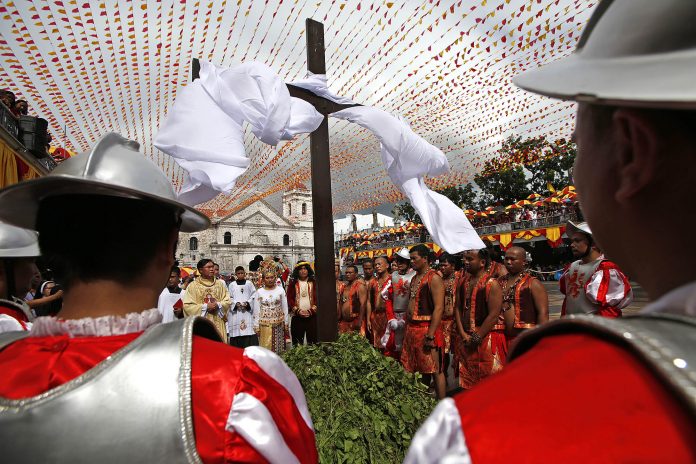Last of three parts
First Part: Not a land of savages: The people Magellan met in Samar and Cebu
Second Part: Cilapulapu and the triumph of defiance
“To foretell the destiny of the nation, it is necessary to open the books that tell of its past.”
Dr. José Rizal was right in believing that our nation’s destiny hinges on our familiarity and understanding of history. Whether much of that history remains to be discovered, or penned by victors (or, in the case of Antonio Pigafetta’s account of the Ferdinand Magellan voyage, penned by the losers), makes little difference.
Somehow, in time, history has a way of clearing up the fog in the narrative. But for history to be of any actual use, not a single dotted i or crossed t should be omitted or “cancelled.” It is only wise for us to stare into our past unless we leave something of significance behind.
The tale of our growth and struggles in birthing a nation, however painful, has much to teach us about how the world works then and now, to say little of who we were, are, and eventually would become when viewed using history’s entirety and sans any polish.
Thus, all our attempts to think, rethink, and rediscover truths in our narrative about the past should not be stifled. What we may discover, which could lead to ambivalence or even contradictions, should prove beneficial for us in the long haul.
Because, however much it inspires us to remember only our resistance in the face of colonial aggression and exploitation, fueling patriotic sentiments, it behooves us to discover all aspects of what had transpired, not just the portions to which we’re largely agreeable.
I have consulted three of the country’s esteemed historians on the matter of Catholicism’s arrival in the Philippines 500 years ago: Michael Charleston “Xiao” B. Chua, Jose Victor Torres and Ambeth Ocampo.
For context: the writing of this piece is based largely on recent debates. Should we “celebrate” or simply “commemorate” the arrival of Catholicism? The question is apt. Colonialism and Catholicism have become so intertwined that Pope John Paul II saw it wise to apologize for the Church’s sins while it operated under the service of colonial aggression.
With today’s “cancel culture,” our colonial past seems to attract more outrage than commemoration. And rightly so. While I do understand how much Filipinos had suffered, and some say continue to suffer, due to the upshots of colonial rule working side-by-side with Christian evangelization, I still feel not a single iota of our history should be brushed aside.
Maybe “celebrate” is not the right word as perhaps “remembrance” because knowing what transpired proves vital in understanding who we are in the present scheme of things.
For starters, Italian scholar Antonio Pigafetta’s account was clear: the kingdoms of the Cebu chieftains already functioned as sophisticated, regal societies. They were wealthy and knowledgeable in many of the things the Europeans hardly knew we already had.
While the natives’ technology in weaponry may not have been as advanced as the Spanish expeditionary forces, our ancestors were hardly ignorant of the tactics of war. According to Torres, Catholicism only added another layer of spiritual sophistication on top of what was already a clear eye toward the divine.
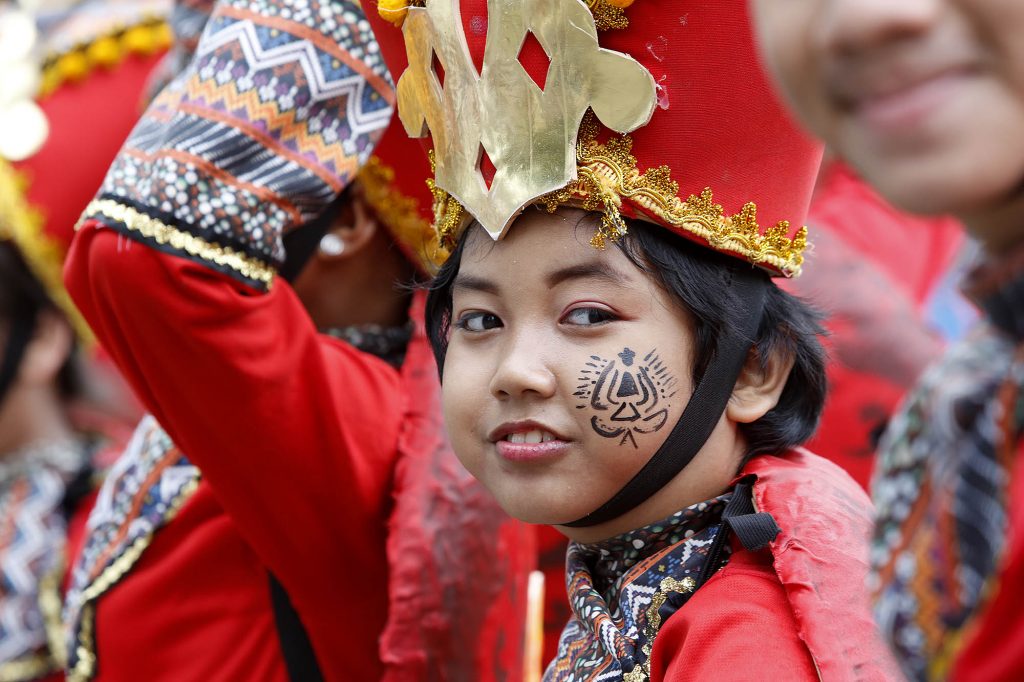
As for Catholicism and its acceptance by the natives, any supposition that this was forced down their throats would not only be too simplistic a conclusion, but a largely unfair one. Pigafetta’s account made a huge deal of the natives’ free agency in their choice to convert. Whether the people knew what they were getting into, however, was quite a different story.
“I think it wasn’t a matter of simple acceptance,” Torres said. “You have to take into account that the ritual must’ve been something new to them. ‘Filipinos’ already had contact with the white men because of the trade that they had with the Portuguese. But I am sure it did not include religion. For me they probably did it out of politeness. After all, they are not familiar with the ceremony. But they kept their respect […] Refusing, of course, would be an insult. Did the Mass or any other ritual mean anything for the natives? Probably not.”
Ocampo concurred, and took the explanation further:
“The introduction of Christianity in 1521 by the Magellan expedition did not yield any results. The people who were baptized didn’t know what they were getting into and there was no follow up to water and deepen the faith just planted.”
Ocampo also has reason to believe that there were differences in motivations between the two earlier voyages to the islands: the 1521 arrival of Ferdinand Magellan and the 1565 arrival of Miguel López de Legazpi. “We need to have a more nuanced view and understanding of the past to outgrow the simplistic black and white narrative we received in textbook history,” Ocampo said.
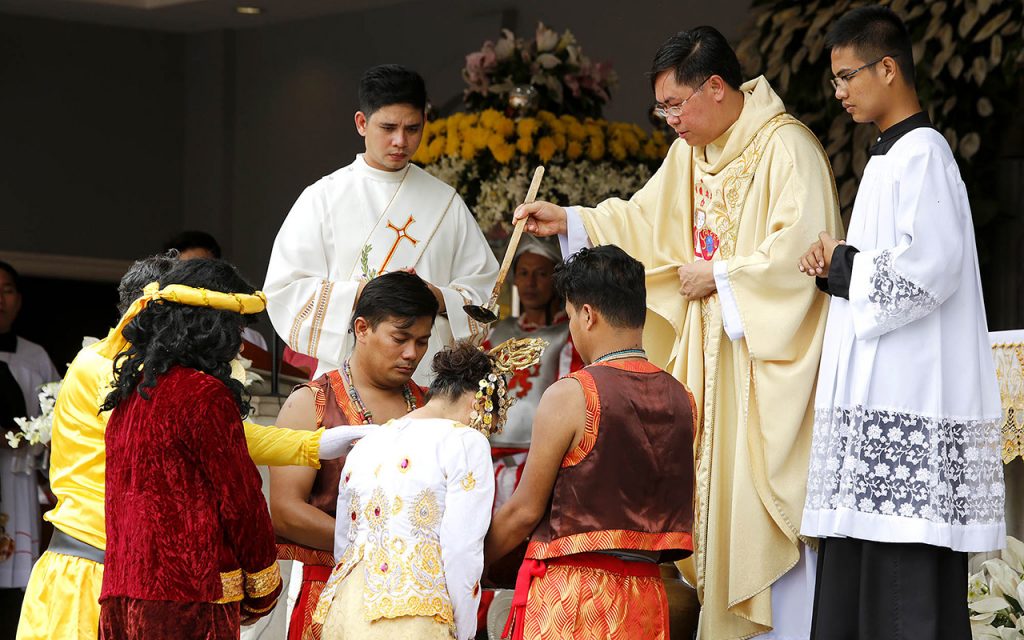
Apparently, there are differences to be gleamed from both voyages. Some say Magellan could not have colonization in mind given the dearth in supplies to form settlements. Pigafetta wrote that they barely survived with whatever supplies were within reach in their attempt to cross the Pacific. Colonizing the islands would’ve been unwise given the small number of men at Magellan’s disposal.
Besides, sea routes during Magellan’s day were barely mapped out. History tells us that explorers García Jofre de Loaísa (1525), Sebastian Cabot (1526), Álvaro de Saavedra Cerón (1527), and Ruy López de Villalobos (1542) were all dispatched after Magellan. But it seems it was only after De Legazpi arrived in 1565 (with more than enough food, arms and ammunition, and a crew of four Augustinian friars and close to 400 men) that the real work of occupation and evangelization began.
As for the spread of Catholicism and its continuing influence over Filipinos in the last 500 years, Torres said that adopting the faith and shaping it to fit our own understanding of the spiritual played a huge part in its continuing sway among many Filipinos to this very day.
“Looking at the past comes both ways,” said Torres. “You have to ask, when did the Spaniards become abusive? When did we start benefitting from them? Things like developments in architecture, literature, and language were also contributed by them. These were not forced down our throats. If they did, you have to understand that the Spaniards were just like one-third of the entire population. Why didn’t we just kill them? I have always said that we remained Catholic because we made Catholicism ours. We made rituals for it similar to the rituals we did for our anitos and diwatas. This is the reason why we can never call our religion ‘Roman Catholic’ but more of Folk Catholicism. In the course of time, we owned the religion.”
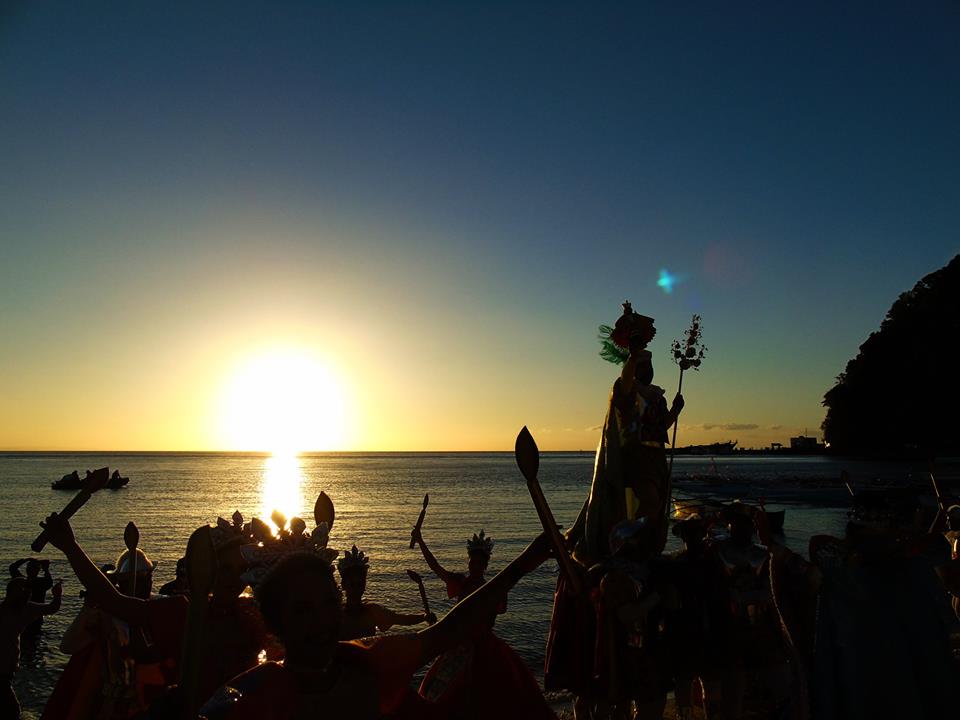
This reshaping of the Roman Catholic faith to fit our sense of the divine, even as this religion served the flag of exploitation and violence, helped Filipinos push back against the abuses of the conquistadors themselves.
According to Chua, “[T]he narrative of darkness-light-darkness, the narrative of tragedy and redemption, the narrative of the life of Jesus Christ, was the narrative the Fathers and Mothers of this nation used to imagine and create the nation. To hope for a better life for us, their future.”
Chua continued, “It reflected the faith that most Filipinos already had before the Spanish contact in 1521. We saw anitos in the saints, we saw anting-antings (charms) in our rosaries and crosses, we saw our dead in the Santo Entierros and Nazarenos and wipe them with hankies to get their power to heal. We sing the Pasiong Mahal like we chant the old epics.
“We also see connections of how religious fervor inspire people like Hermano Puli and the Catholics at the People Power Revolution to fight for their rights. In the Philippines, revolutions are beyond political. They are expressed in many ways. We can manifest our himagsikan through our faith. The past five hundred years not only saw Philippine Catholic Church history as the story of Padre Damasos and Padre Salvis, but of people like Bishop Domingo de Salazar, OP, who exposed the abuses committed by fellow Spaniards to the indios, of people like Fathers Pelaez, Gomez, Burgos and Zamora, who fought for the right of Filipinos to have a hand in directing our local church. We see Catholic priests like Gregorio Aglipay guiding Asia’s First Constitutional Democratic Republic. We see the participation of both the religious and lay Catholics in the making of history.”
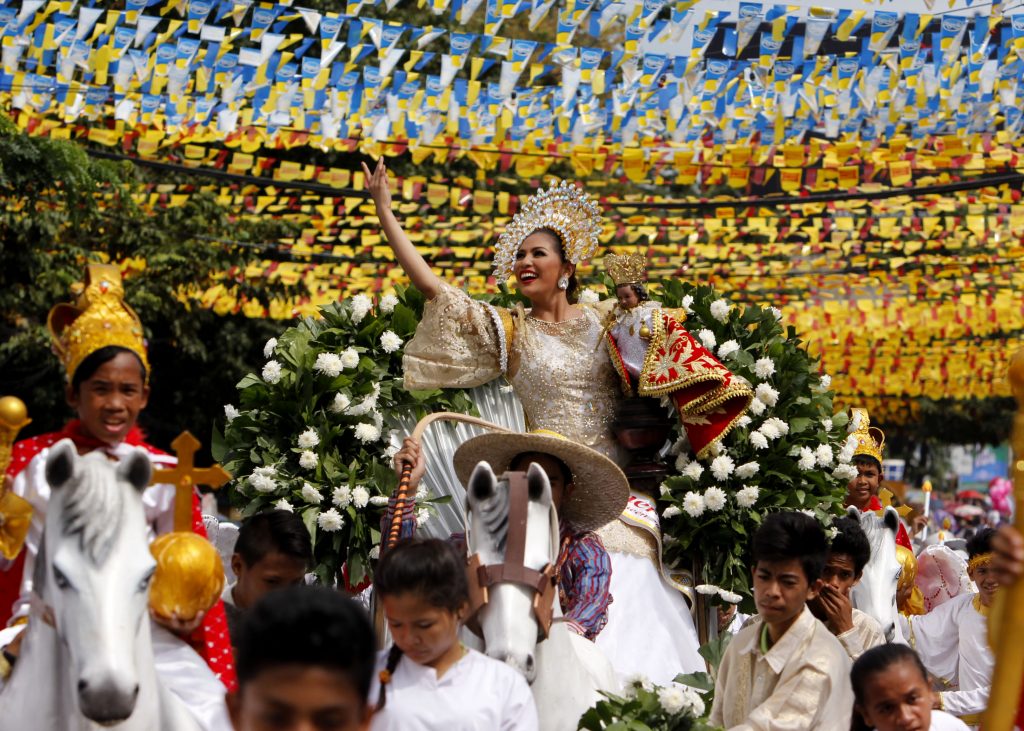
However much the debate on certain aspects of our history rages on, one thing is certain: Catholicism, however flawed and stained by exploitation and abuse, had taught the Filipino that redemption through struggle is possible, that the story of the Savior is as old as the story of our lives as a people.
The same faith taught many of our revolutionaries to push back the jaws of colonial tyranny and later invasions, hoping against hope that our losses, triumphs and struggles, like the sufferings of Jesus Christ, will not be in vain.
“Catholicism was both good and bad, and its effects, rightly or wrongly, shaped the nation as it is today. We can’t throw away that aspect. We have to admit that the nation was born from a colonial experience. Would we have turned out differently if Spain and Christianity did not come? Of course, but that is counterfactual. Historians deal with what actually happened. Christianity has molded the Philippines and the Filipinos, rightly or wrongly, into what they are today and will continue to do so,” Ocampo said.
It wouldn’t be an exercise in exaggeration to say that the formation of our history is in itself a struggle. I wouldn’t have it any other way.
Joel Pablo Salud is an editor, journalist and the author of several books of fiction and political nonfiction. He is also a member of the Philippine Center of International PEN and heads the Committee on Writers in Prison. The views and opinions expressed in this article are those of the author and do not necessarily reflect the official editorial position of LiCAS.news.

